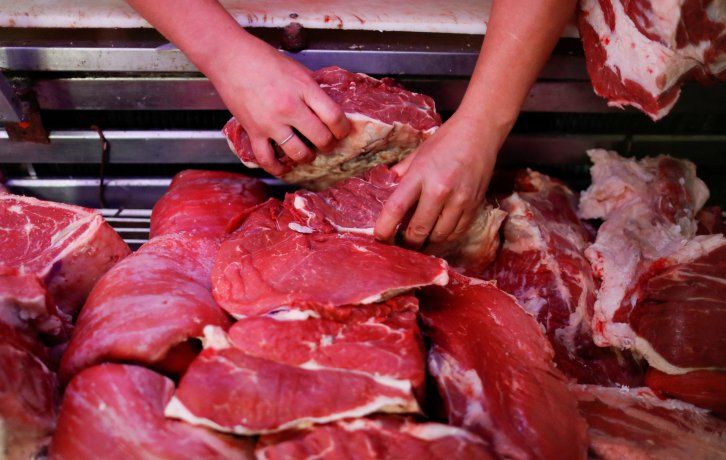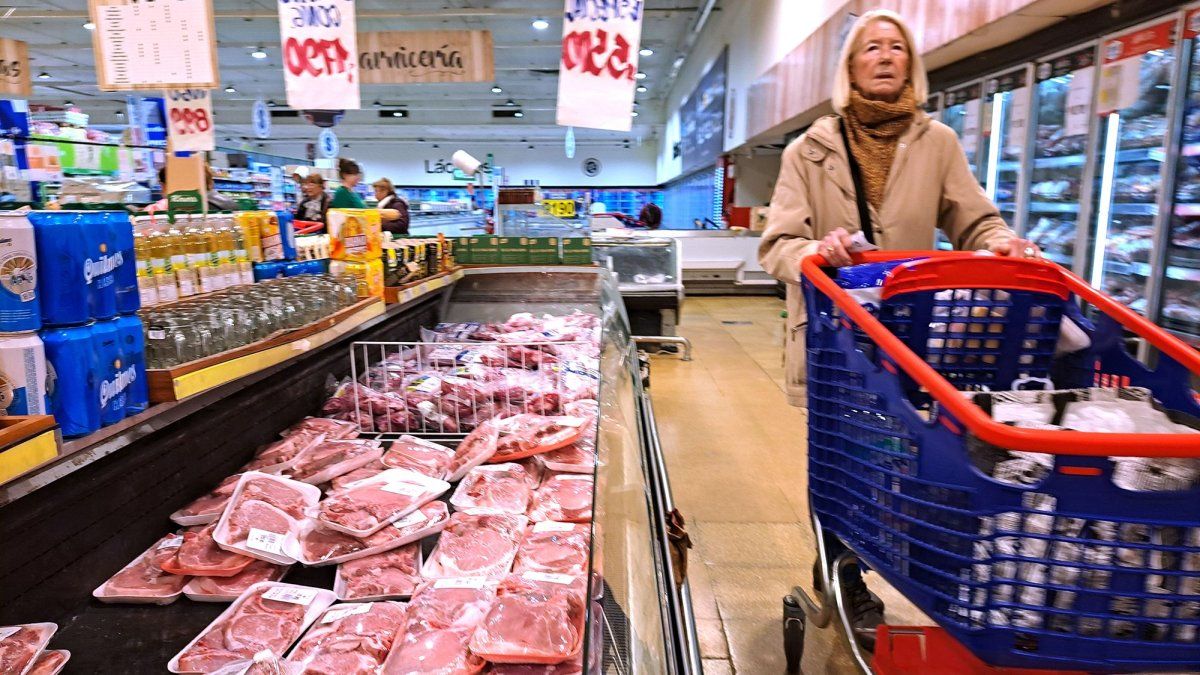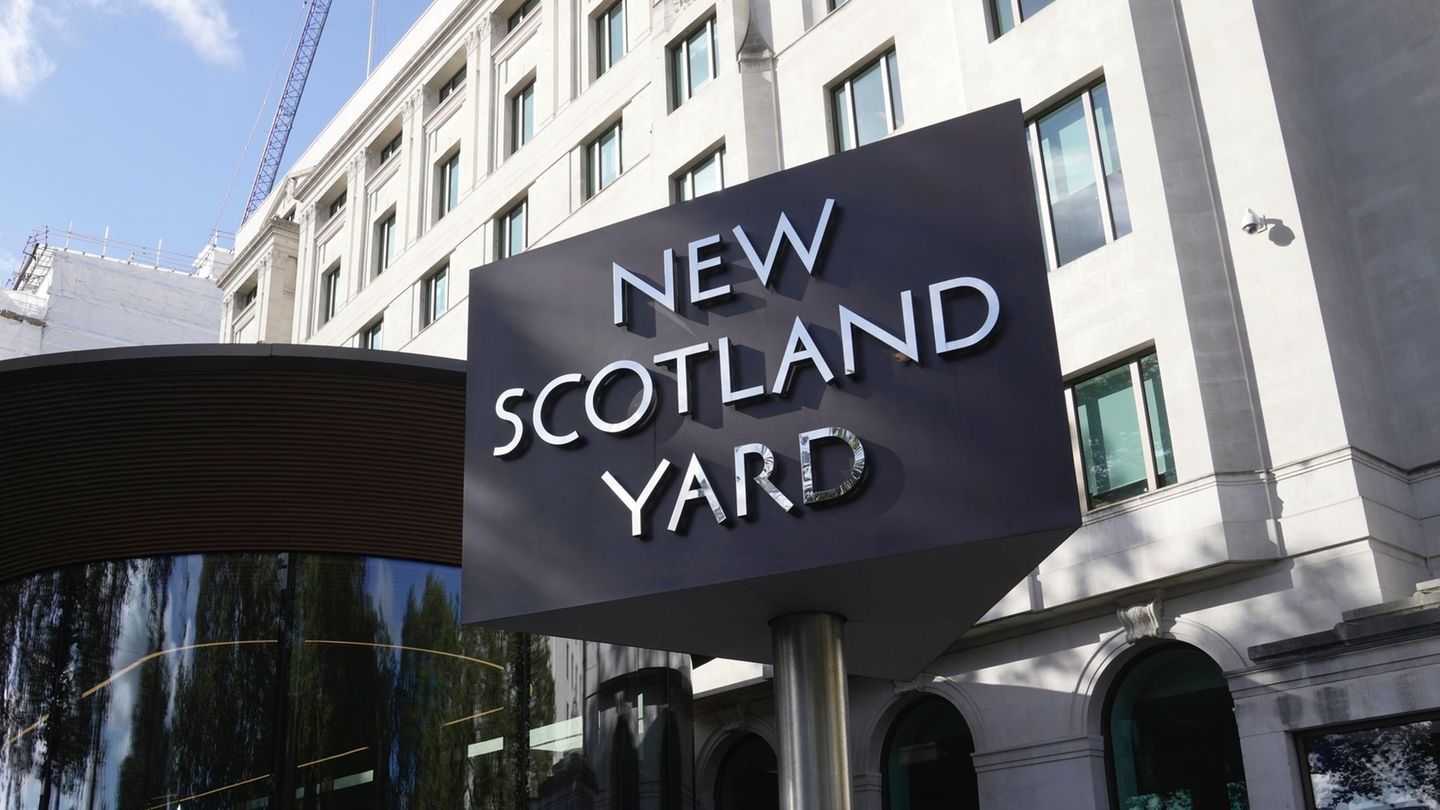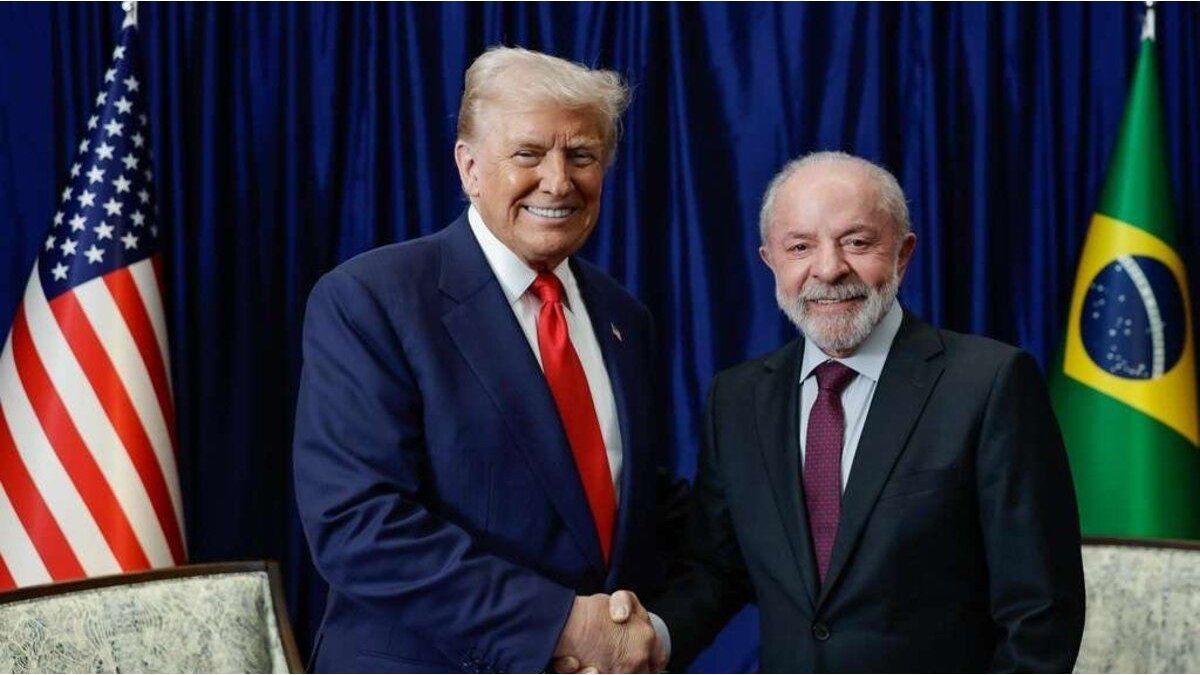On the eve of the second half of the year, the Argentine meat industry turned on an alert signal that concerns producers, refrigerators and consumers: a combination of factors – a cattle stockroom, a scarce supply of finished farm and expectations of recovery of domestic consumption – could lead to strong increases in the price of vaccine meat.
The warning arose during a meeting called by the Meat tablewhere representatives of the sector analyzed the critical situation facing the chain. According to recent data, the national bovine stock fell to 51.6 million headswhich represents a loss of almost 2.6 million animals In the last two years, product of a prolonged drought and forced sales.
Salary recomposition, rising consumption and inflationary risk
“If this year the salary recomposition is consolidated, it is likely that internal consumption is probable – which represents 70% of the production – and we will not have enough animals to respond to that demand. That can also shoot prices,” he warned Sebastián BendayánManager of the Frigorific Chamber of Santa Fe (Cafrisa).
Supermarket consumption inflation meat prices
Mariano Fuchila
In May, meat consumption showed a Mild recoveryreaching the 49.5 kilos per inhabitant per yearalthough it remains below the historical average. The data contrasts with the registration of 2024, when annual consumption touched one of its lowest levels in more than a century: 47.7 kilos per inhabitantthe second worst since 1914.
Stagnant production and disincentive to producer
From the sector they warn that the problem is not only conjunctural, but structural. “In 1978, with 25 million inhabitants, there were 50 million heads. Today we are 46 million and we continued with the same rodeo,” he said Ernesto Lowensteinof the Union of the Argentine Carnica Industry (UNICA). According to your vision, The lack of growth of the livestock stock reflects an absence of incentive and predictability policies for the producer.
Miguel Jairala, Del ABC Exporters Consortiumanother disturbing fact contributed: “The current bovine stock is the lowest since 2012”. To that adds the Industrial idlenesswith refrigerators that operate with minimal margins and less task due to the lack of finished farm.
Unfair competition and external market loss
The impact also feels on the external front. Jairala remarked that Argentina lost participation in the Chinese market-a state of 60-65% of exports-against competitors such as Brazilwhich operates with lower costs. “We pay between 25% and 30% more for animals than our Brazilian pairs. That erodes profitability and affects competitiveness,” he explained.
In addition, from the sector they claimed Fiscal reforms that allow to reactivate the investment. Among the most urgent points they indicated the review of the Income Tax for Tenure and the VAT to investmentstwo elements that discourage productive growth.
Meat butcher

Reuters
The role of Senasa and traceability problems
Several referents also questioned the state of SENASAto which they described as “critic.” They denounced Lack of personnel, scarce resources and a structure that fails to fulfill its functions, which forces provinces such as Santa Fe to coordinate controls with local entities.
Lowenstein was overwhelming: “If the collection for services returned to Senasa, today we would have a stronger organism.” In addition, he criticized the differences in sanitary standards between federal traffic plants and those of provincial or municipal competence, which generates unfair competition and affects the quality of the offer.
For its part, Dardo Chiesacoordinator of the National Meat Table, said The loss of producer’s confidence It is key: “The farmer is beaten, with markets closed or without profitability. We need clear rules to invest.”
With a consumption that could rebounda Livestock stock in historical minimumsand one Industry with low external competitivenessthe scenario for meat in the second half of 2025 is uncertain. The risk of price increases is latent and the sector’s claim points to the same address: predictability, incentives and sustained investment to avoid a structural crisis to derive in a new inflationary leap at the Argentine table.
Source: Ambito




